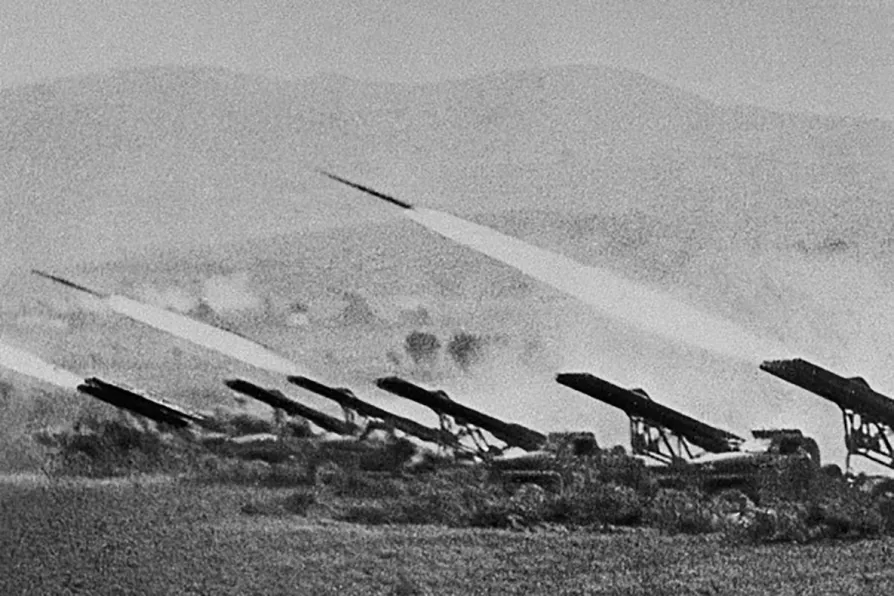The long-term effects of chemical weapons such as Agent Orange mean that the impact of war lasts well beyond a ceasefire

 A battery of Katyusha rocket launchers firing at the enemy, German forces, during the Battle of Stalingrad in 6 October 1942
A battery of Katyusha rocket launchers firing at the enemy, German forces, during the Battle of Stalingrad in 6 October 1942
THE Nazi invasion of the Soviet Union 80 years ago was based on three strategic objectives — Leningrad in the north, Moscow in the centre and the oilfields of Baku in the south. It was to be a war of extermination. The specific battle order to ordinary soldiers includes the word “annihilation.”
Moscow was to be flooded and covered over. A research group attached to Barbarossa was calculating how long it would take to starve all the inhabitants of Leningrad to death. One million died, 90 per cent through starvation.
Up to 30 million Ukrainians were to be starved to death with their land and property given over to resettled Germans. This was the reality of Lebensraum. All Jews would be killed. With the notorious Commissar Order all communist officials would be killed.

The obfuscation of Nazism’s capitalist roots has seen imperialism redeploy fascism again and again — from the killing fields of Guatemala to the war in Ukraine, writes PAWEL WARGAN

As Moscow celebrates the 80th anniversary of the Nazi defeat without Western allies in attendance, the EU even sanctions nations choosing to attend, revealing how completely the USSR's sacrifice of 27 million lives has been erased, argues KATE CLARK

The pivotal role of the Red Army and sacrifices of the Russian people in the defeat of Nazi Germany must never be forgotten, writes DR DYLAN MURPHY











